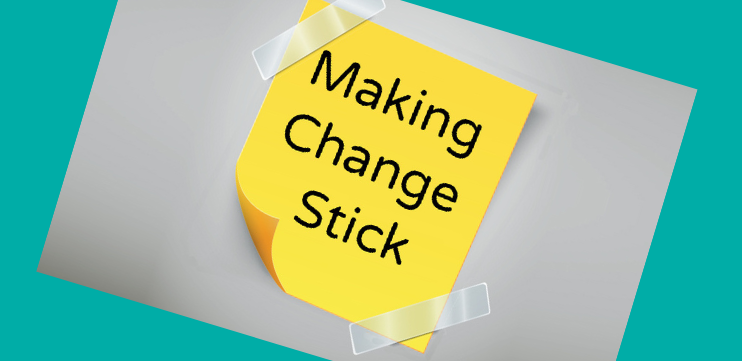Making Change Stick
by dias

Making collective impact work starts by underscoring the collective part. Our alliance believes that when communities truly create change together, it is change that withstands funding cycles, election results, leadership and generational shifts. It is change that sticks.
One of the hardest concepts to embrace when working on social problems is the idea that everyone brings something of real value to the table. Lip service is easy. Community input for the sake of inclusion is relatively easy. The belief that everyone in a community has the understanding to shape smart thinking, and has resources to bring to a solution, is much more difficult. But, that’s the path to a stronger solution and one that has lasting impact.

Social problems derive, in part, from the deficiency we all experience when we can’t be our best selves and fulfill our full human potential – either due to poverty, oppression, lack of opportunity, isolation or a number of other reasons. Solutions must welcome, embrace and employ the “best stuff” from everyone involved. Designing a solution, then, must be rooted in giving everyone touched by the problem a chance to contribute his or her best stuff.
The “best stuff” idea comes from a terrific mentor of mine named Bill Traynor. For 30 years, Bill has worked as a community builder, running some of the most innovative programs out there including, among others, Lawrence Community Works in Lawrence, MA, and Neighboring America. [http://risingclass.org/stories/entry/bill-traynor] Among the many things Bill taught me was the idea that the best solutions happen when you conscientiously design opportunities for interaction that:
- recognize and value what resources, knowledge, expertise and commitment every person can bring;
- facilitate genuine exchange of those resources in an environment that feels free of class, position and institutional power;
- make room for people who spark something together to take action on it together.
Easier said than done, right? Especially when the hurdle of believing that everyone really does have “best stuff” to offer is so high. Whether we like the truth of it or not, our society devalues what the poor, marginalized, disenfranchised or sometimes even just “other” bring to the table. Part of the work of collective impact is restoring genuine belief that everyone does indeed have something to offer.
Another imperative is letting go of the trappings of power and influence. The settings for meetings and working sessions, and how they are run, can have a tangible effect on whether all participants can experience each other as equals. The process that’s designed to create a sense of balance, comfort and trust opens the way to good ideas and opportunities for action.
The best-laid plans remain just that if the mechanisms and responsibility for moving ideas forward aren’t baked right into the planning. When the collective has arrived at solutions, each party needs to understand what happens next.
Bill Traynor’s “best stuff” exchanges are not a pipe dream. I have seen communities share their best in places from Battle Creek, Michigan to Roxbury, Massachusetts. These kinds of exchanges take intentional design by professionals and/or activists who:
- believe themselves that everyone in the community has essential resources to offer;
- root their work in a deep commitment to social justice, collective impact, and shared outcomes;
- employ facilitation techniques that skillfully shake up power dynamics while creating a safe, productive environment for everyone involved;
- have walked in the shoes of multiple stakeholders and, therefore, can see the world a little better from each stakeholders’ perspective.
Throughout the years, the world of social change has talked a lot about “shared vision” and “shared values.” The rubber meets the road at shared resources, where everyone’s resources are recognized, valued and used. From this, collective impact is born.
Making collective impact work starts by underscoring the collective part. Our alliance believes that when communities truly create change together, it is change that withstands funding cycles, election results, leadership and generational shifts. It is change that sticks. One of the hardest concepts to embrace when working on social problems is the idea that everyone brings something…
